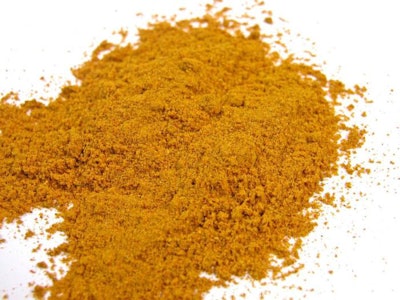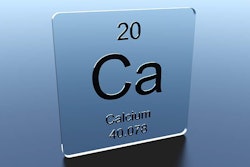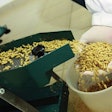
Gone are the days when a single animal feed additive was used for one purpose. Take phytase, for example. It was developed to release phytate-bound phosphorus and reduce the need for inorganic phosphorus supplementation. But today it is being marketed at supra-nutritional dosages that allegedly have further anti-nutritional advantages, an interesting development that is still being investigated.
Some other additives are leaping across species, especially in more lucrative markets, like those of aqua feeds and pet foods. The examples abound, but one has to understand that the biological and marketing needs for these species are rather distinct from the usual farm animals: pigs, poultry and ruminants. Nevertheless, the opportunity is there to find a niche in the wall of these remunerative markets that keep growing globally.
The opportunity is there to find a niche in the wall of these remunerative markets that keep growing globally.
But what is driving all this diversification? After all, some new feed additives are still being introduced; on that I am preparing a new blog and article, but I digress. The answer is simple and straightforward: It is not only very expensive to research and develop a new additive, but it is also becoming increasingly prohibitive to register such products. This is true in countries and regions that are highly regulated, hence the launching of new additives in less strict areas of the world.
In my biased opinion, I believe the greatest potential of all feed additives towards the direction of multi-tasking is probiotics (microbes and yeasts), the very same organisms that produce the majority of purified additives we currently use. Here we have a number of problems to overcome, but the potential is there. I would not be surprised that if in the not-so-far future, a single multi-blend of microbes and yeasts was fed, replacing the plethora of additives (and antibiotics) we use today!


















